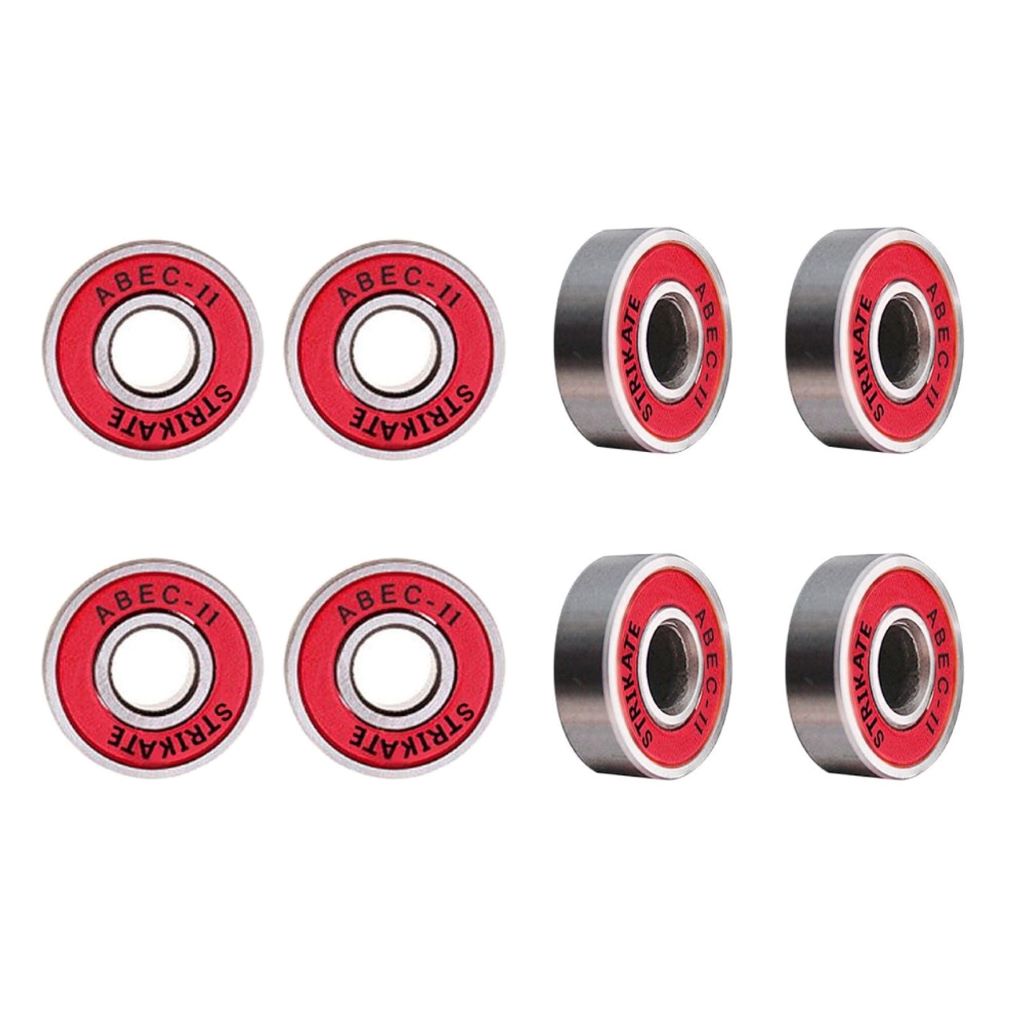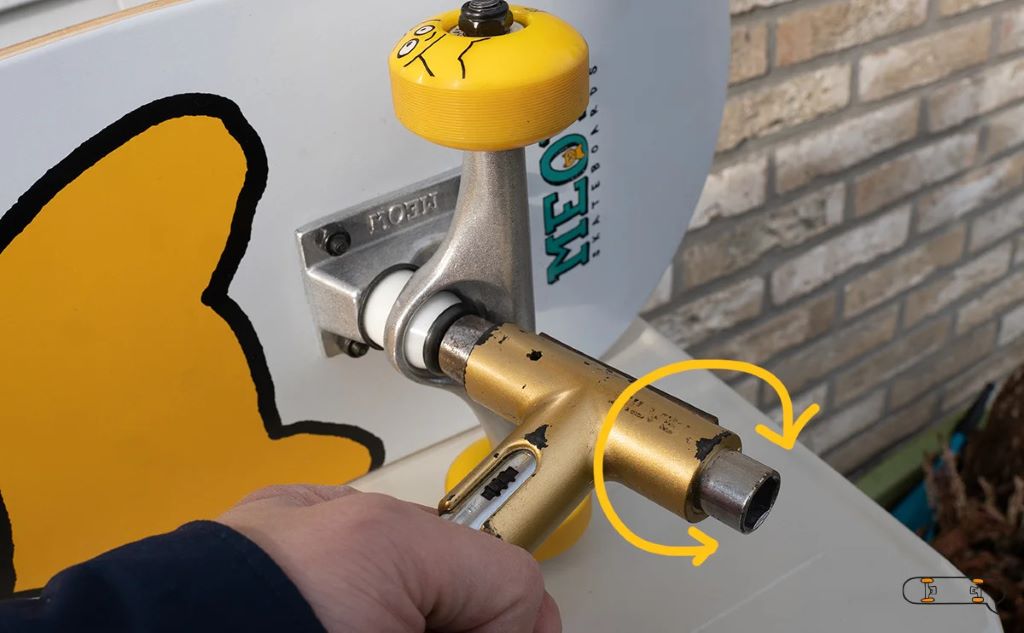Skateboarding is a thrilling activity that has gained immense popularity. Whether a beginner or an experienced rider, having the right skateboard can greatly enhance your performance and overall enjoyment. With numerous brands, models, and specifications, it can be overwhelming to know where to start. In this article, we will guide you through buying a skateboard in 9 simple steps, ensuring you make an informed decision and find the perfect board for your needs.
Step 1: Determine your riding style and preferences
Before diving into the world of skateboard shopping, it’s essential to understand your riding style and preferences. Are you interested in street skateboarding, vert skating, or cruising around the neighborhood? Each riding style requires different features and components in a skateboard. By identifying your style and preferences, you can narrow your options and focus on finding a skateboard that suits your needs.

Step 2: Research skateboard brands and models
Now that you clearly understand your riding style, it’s time to research skateboard brands and models. Take some time to explore reputable brands known for their quality and durability. Look for reviews, feedback from riders, and recommendations from experienced skateboarders. Understanding the reputation and performance of different brands will help you make an informed decision and ensure you invest in a reliable skateboard.
Step 3: Consider the skateboard deck material and size
The skateboard deck is the main platform of your skateboard, and choosing the right material and size is crucial. Skateboard decks, such as maple, are commonly made from wood, providing durability and flexibility. However, other materials like carbon fiber or fiberglass can enhance performance for specific riding styles. Consider the deck size based on your shoe size and riding preferences. A wider deck offers more stability, while a narrower one allows easier maneuverability.
Step 4: Choose the appropriate skateboard trucks
Skateboard trucks are metal T-shaped components that attach the wheels to the skateboard deck. When selecting skateboard trucks, it’s essential to match them with the width of your deck. This ensures proper alignment and optimal performance. Additionally, consider the truck height, as low trucks provide stability and are ideal for street skateboarding, while high trucks are suitable for vert skating and ramp riding.
Step 5: Select the right skateboard wheels
Skateboard wheels come in various sizes and hardness levels, known as durometers. Larger wheels are suitable for cruising and transportation, providing a smoother ride over rough surfaces. On the other hand, smaller wheels offer more control and maneuverability, making them ideal for tricks and technical skateboarding. The durometer determines the hardness of the wheels, with softer wheels providing better grip and shock absorption, while harder wheels offer increased speed.
Step 6: Decide on the skateboard bearings
Skateboard bearings are responsible for the smooth rotation of the wheels. They are typically rated using the ABEC scale, which indicates their precision and performance. Higher ABEC ratings, such as ABEC 7 or 9, offer smoother and faster rides but can be more expensive. For beginners or casual riders, bearings with lower ABEC ratings will suffice. Maintaining and cleaning your bearings regularly for optimal performance is also important.
Step 7: Check the skateboard grip tape
Grip tape is the rough, sandpaper-like surface applied to the top of the skateboard deck. It provides traction and helps keep your feet in place while riding. When purchasing a skateboard, inspect the grip tape to ensure it is in good condition and offers sufficient grip. Some riders prefer specific pattern or grip tape designs, so choose one that matches your style.
Step 8: Set a budget for your skateboard purchase
Skateboards can vary significantly in price, depending on the brand, quality, and components. Before finalizing your purchase, setting a budget that aligns with your financial resources is important. While it’s tempting to go for the most expensive options, remember that quality skateboards are available at different prices. Set a realistic budget and prioritize investing in a reliable skateboard that suits your riding style and skill level.
Step 9: Purchase your skateboard
After conducting thorough research and considering all the necessary factors, it’s time to purchase. Visit local skate shops, browse online stores, or consult with experienced skateboarders for recommendations. Make sure to double-check all the components and specifications before finalizing your decision. If possible, try out the skateboard or read customer reviews to ensure you’re making the right choice. Once you’ve found the perfect skateboard, proceed with your purchase and prepare to embark on your skateboarding adventures.
Conclusion
Buying a skateboard may initially seem daunting, but following these 9 simple steps, you can confidently navigate the process and find the skateboard that best suits your needs. Consider your riding style, research brands and models, and carefully select the components that match your preferences. Investing time and effort into the buying process will reward you with a skateboard that enhances your performance and provides countless hours of fun and excitement.
FAQs
1. How much should I spend on a skateboard?
The price of skateboards can vary widely, but it’s possible to find a quality skateboard within the range of $50 to $150. However, more premium and professional-grade skateboards can cost $200 or more.
2. Can I use any skateboard for tricks?
While most skateboards can handle basic tricks, if you’re specifically interested in performing advanced tricks, choosing a skateboard designed for that purpose is recommended. Look for skateboards with a concave deck and smaller, harder wheels.
3. How long does a skateboard deck last?
The lifespan of a skateboard deck depends on various factors, including the quality of the deck, riding style, and maintenance. On average, a deck can last anywhere from several months to a year or more with regular use.
4. Can I assemble my skateboard?
Yes, assembling your skateboard is a great option if you want to customize your setup or if you’re an experienced rider who knows their preferred components. It allows you to choose specific brands and tailor your skateboard to your preferences.
5. Can I buy a skateboard online?
Yes, purchasing a skateboard online is a convenient option. However, if possible, visiting a local skate shop or consulting with experienced skateboarders is recommended to ensure you make an informed decision.




